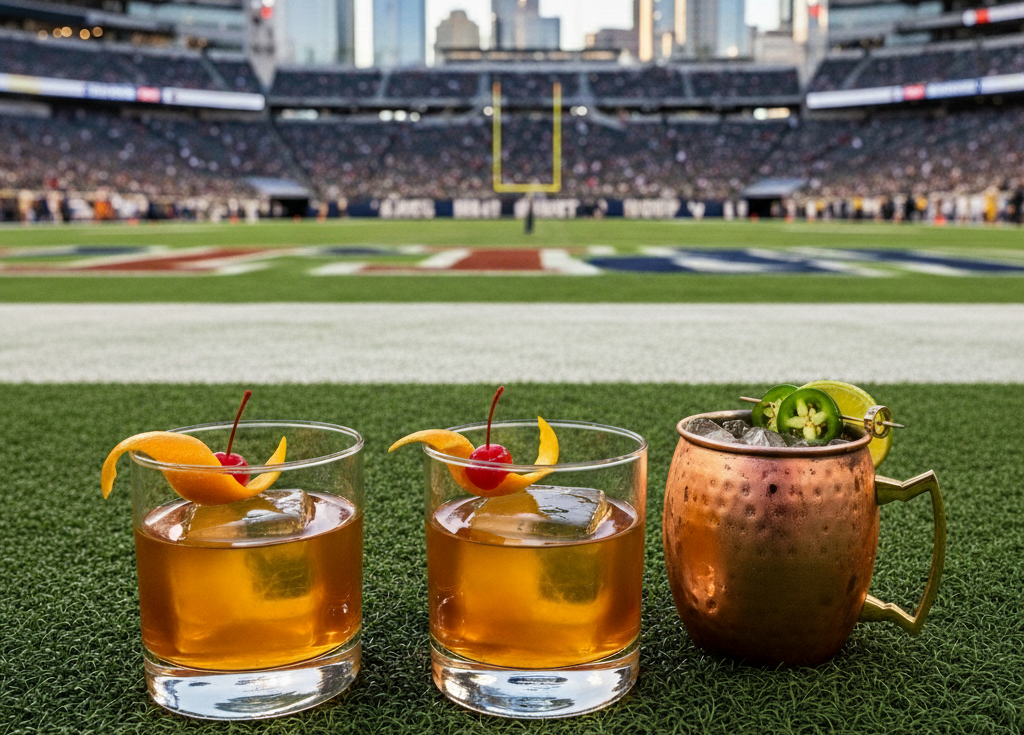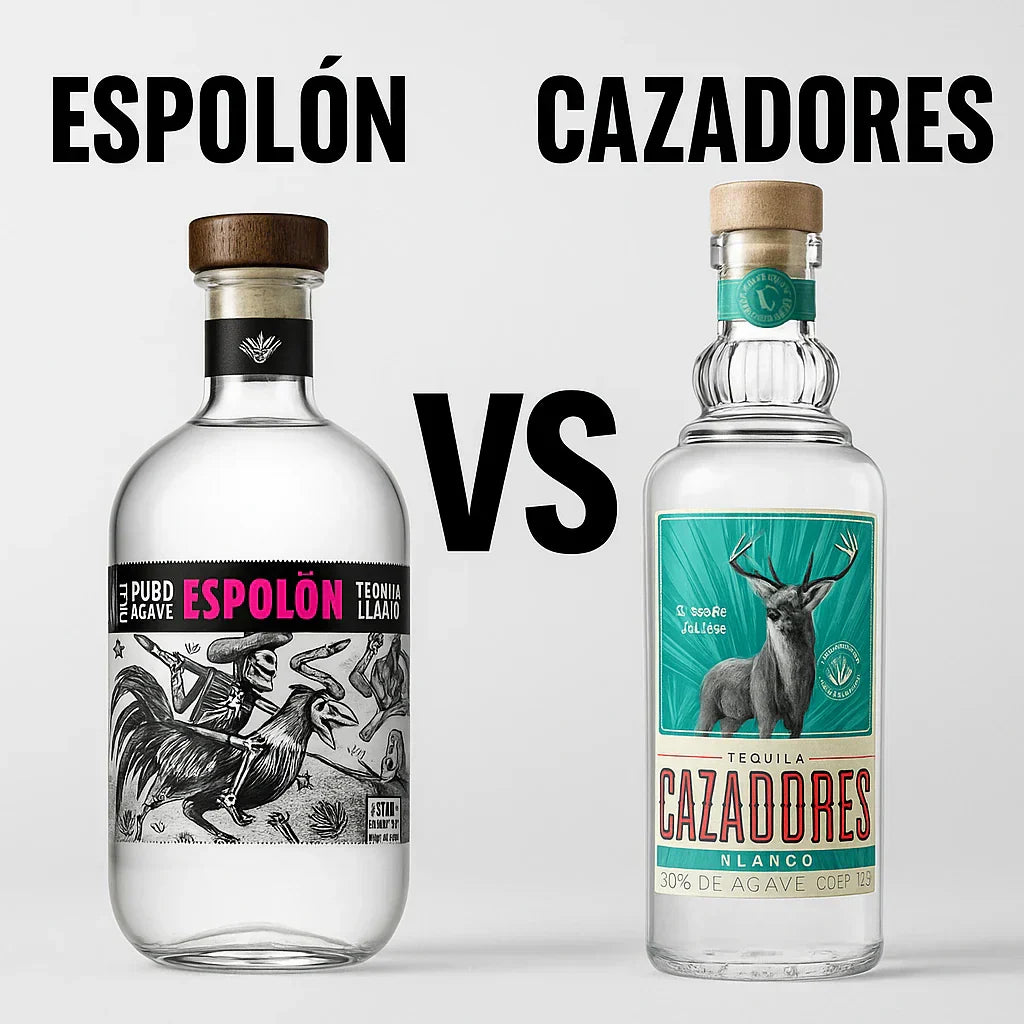Tequila has long been synonymous with Mexican heritage, tradition, and celebration. But not all tequilas are created equal. At the heart of true, authentic tequila lies the blue agave plant—the essential ingredient that sets genuine tequila apart from imitations. But why exactly is blue agave tequila considered the gold standard for authenticity? This comprehensive guide explores everything from its origins and production process to why connoisseurs around the world hold it in such high regard.
What Makes Blue Agave Tequila Different from Other Tequilas?
When you pick up a bottle of tequila, the label often boasts terms like “100% Blue Agave” or “Mixto.” Understanding these differences is the first step to appreciating why blue agave tequila reigns supreme.
-
100% Blue Agave Tequila: Made exclusively from the sugars of the blue agave plant.
-
Mixto Tequila: Contains at least 51% blue agave sugars; the rest comes from other sugars such as cane or corn syrup.
The key to authenticity and superior flavor lies in that 100% blue agave mark. Mixto tequilas are often cheaper but lack the depth, purity, and complexity that true agave offers.
The History and Cultural Significance of Blue Agave in Tequila Production
Blue agave (Agave tequilana Weber) has been cultivated in Mexico for centuries, with roots tracing back to indigenous peoples who fermented agave sap long before the arrival of Spanish conquistadors.
-
Pre-Hispanic Use: The indigenous people consumed fermented agave drinks known as pulque.
-
Spanish Influence: The distillation process was introduced by Spanish settlers, transforming fermented agave into what we now recognize as tequila.
Today, the blue agave plant is not just a crop but a symbol of Mexican culture, protected by strict regulations that ensure tequila remains a product of its homeland.
Understanding the Blue Agave Plant: Why Its Unique Composition Matters
What makes blue agave so special? It boils down to its chemical and botanical composition.
-
High Sugar Content: Blue agave contains a rich reserve of fructose, the sugar that ferments into alcohol.
-
Slow Growth Cycle: It takes 7-10 years to mature, which means each plant is nurtured for nearly a decade before harvest.
-
Resilience and Flavor: Its thick leaves and unique sap give tequila a distinct earthy, floral, and slightly sweet flavor profile.
This slow growth and sugar density make blue agave the ideal base for producing rich, flavorful tequila that stands apart.
The Rigorous Production Process That Guarantees Authenticity in Blue Agave Tequila
Unlike other spirits that may be produced quickly, the craftsmanship behind blue agave tequila is meticulous.
Step 1: Harvesting the Piñas
The heart of the blue agave plant is the “piña” — named for its resemblance to a pineapple. Skilled jimadores (harvesters) carefully trim the spiky leaves to extract these starchy cores.
Step 2: Cooking the Piñas
The piñas are slow-cooked, traditionally in brick ovens or modern autoclaves, which convert starches into fermentable sugars.
Step 3: Extraction and Fermentation
Once cooked, the piñas are crushed to extract their juice, which is then fermented using natural yeast, sometimes taking several days to develop the characteristic flavor.
Step 4: Distillation
Fermented juice undergoes double distillation, often in copper stills, to purify the alcohol and enhance its aromatic qualities.
Step 5: Aging (Optional)
Depending on the style (blanco, reposado, añejo), tequila may be aged in oak barrels, adding complexity without overshadowing the agave’s natural taste.
Each stage is governed by strict standards set by the Consejo Regulador del Tequila (CRT) to maintain authenticity and quality.
Why the Origin of Blue Agave Matters: The Role of Terroir in Flavor Profiles
Much like wine, tequila’s flavor nuances are heavily influenced by terroir—the climate, soil, and altitude where blue agave grows.
-
Jalisco Highlands: Agaves here are larger and yield a sweeter, fruitier tequila.
-
Lowlands of Jalisco: These agaves produce a more robust, earthy flavor.
-
Other Regions: Limited areas around Mexico also grow blue agave but with distinct taste variations.
Understanding terroir is crucial for aficionados who seek the subtle differences in their tequila experience.
The Health Benefits and Myths Surrounding Blue Agave Tequila
While tequila is a spirit and should be consumed responsibly, many health enthusiasts tout some benefits unique to 100% blue agave tequila:
-
Lower Sugar Content: Pure agave tequila contains less sugar than many mixed spirits.
-
Prebiotics: Blue agave contains inulin, a prebiotic fiber, which may aid digestion.
-
Gluten-Free: Suitable for those with gluten intolerance or celiac disease.
However, it’s important to debunk myths—tequila is not a health tonic, and overconsumption negates any benefits.
How to Identify Authentic Blue Agave Tequila When Buying
In a market flooded with counterfeit and lower-quality tequilas, recognizing genuine blue agave tequila is essential.
-
Look for “100% Blue Agave” on the Label: This is non-negotiable.
-
Check the NOM (Norma Oficial Mexicana) Number: This identifies the distillery.
-
Avoid Mixto: Unless you're specifically after a budget option.
-
Packaging and Price: Authentic tequila often comes in higher-quality bottles and is priced accordingly.
Being an informed consumer ensures you get the true blue agave experience every time.
Why Connoisseurs and Mixologists Prefer Blue Agave Tequila
Mixologists and spirit experts gravitate toward blue agave tequila for its purity, versatility, and complexity:
-
Smoothness: Less harsh than mixto or flavored tequilas.
-
Versatility: Perfect for sipping neat or crafting cocktails like the Margarita, Paloma, or Tequila Sunrise.
-
Complexity: Retains earthy, floral, and fruity notes that elevate any drink.
The appreciation for blue agave tequila is not just about taste but about honoring a centuries-old tradition.
The Environmental Impact and Sustainability of Blue Agave Farming
With rising global demand, sustainability in blue agave cultivation has become a priority:
-
Crop Rotation and Soil Health: To prevent land degradation.
-
Water Use Efficiency: Since agave thrives in semi-arid climates, careful water management is vital.
-
Replanting and Genetic Diversity: Avoiding monoculture to prevent disease outbreaks.
Many producers now emphasize eco-friendly practices, ensuring blue agave tequila remains authentic and sustainable for future generations.
Blue Agave Tequila vs. Other Agave Spirits: What Sets It Apart?
While tequila is the most famous agave spirit, it’s part of a broader family that includes mezcal, bacanora, and raicilla.
-
Tequila: Only made from blue agave, primarily in Jalisco.
-
Mezcal: Made from various agave species, with a smoky flavor from traditional roasting.
-
Bacanora and Raicilla: Regional spirits with unique production styles.
Blue agave tequila’s strict geographic and botanical rules make it the purest and most recognizable agave spirit worldwide.
Pairing Blue Agave Tequila with Food: Enhancing Your Culinary Experience
Pairing authentic blue agave tequila with food elevates both the drink and the meal.
-
Citrus and Spicy Foods: The bright, sweet notes complement dishes like ceviche and tacos al pastor.
-
Grilled Meats: The earthy undertones balance smoky flavors.
-
Chocolate and Citrus Desserts: Enhance the agave’s subtle sweetness.
Experimenting with pairings can turn a simple drink into a gourmet adventure.
How to Properly Taste Blue Agave Tequila Like a Pro
Tasting tequila is an art form:
-
Choose a Narrow Glass: Like a snifter or tequila glass.
-
Observe the Color: White, pale gold, or amber indicate aging.
-
Swirl and Smell: Identify floral, fruity, or earthy aromas.
-
Sip Slowly: Let it coat your palate, noting sweetness, spice, and finish.
-
Pair with Water or Sangrita: To cleanse the palate and enhance flavors.
Mastering tasting techniques deepens your appreciation of blue agave tequila’s complexity.
The Future of Blue Agave Tequila: Innovation and Tradition in Harmony
As global interest grows, producers balance tradition with innovation:
-
Craft and Small-Batch Tequilas: Highlight unique terroirs and aging methods.
-
New Barrel Aging Techniques: Using whiskey, wine, or rum barrels for novel flavors.
-
Sustainable Farming: Meeting demand without sacrificing authenticity.
The blue agave tequila industry continues to evolve while maintaining its role as the gold standard of authenticity.
Final Thoughts: Why Blue Agave Tequila Will Always Be the Gold Standard
Blue agave tequila is more than a spirit—it’s a living tradition, a symbol of Mexican heritage, and a testament to meticulous craftsmanship. From its unique plant origins and painstaking production process to its rich flavor profiles and cultural significance, blue agave tequila embodies authenticity like no other.
So next time you savor a glass of 100% blue agave tequila, remember you’re tasting centuries of history, passion, and artistry distilled into liquid gold.



